I receive emails all the time asking me to review saxophone mouthpieces. Many of these emails are from individuals and companies all around the globe that I have never heard of before. In the early years of the site, I would say yes to every request but after twelve years, I’m a bit more picky about the sax mouthpieces I try. Usually, I have a few questions they have to answer first. Ex. How long have you been making saxophone mouthpieces? Do you play the saxophone? What models do you have and what are they based off of? Can you send me some pictures? etc……
A few months ago I received an email from Donghee Cho of D&S Saxophone Mouthpieces in South Korea asking if I would be willing to try some of his sax mouthpieces. I was a bit skeptical but when I asked for pics of his mouthpieces I received an email back with some pics that looked surprisingly similar to Guardala mouthpieces. I was curious……….
D&S Brecker II Tenor Saxophone Mouthpiece
Donghee answered my second question about how long he had been making mouthpieces with this response:
D&S Brecker II Tenor Saxophone Mouthpiece
I have to admit, I have had these mouthpieces sitting on my shelf since June. The reason I haven’t done a review sooner is that after doing some research, I realized that I couldn’t find D&S Saxophone Mouthpieces on the internet, they don’t have a website and they didn’t have a Facebook page. All I had was an email address and phone number. Since that time, Donghee now has a Facebook page although it is very minimal with just a bad picture of a list of his mouthpiece models on it. I don’t see any prices so I don’t even know how much these go for either.
Even though I don’t think D&S is optimally setup for modern internet consumers I thought it best to go ahead with the reviews. If they get more of a web presence in the future at least you would have heard of them and have some knowledge of Donghee Cho and his products.
D&S Brecker II Tenor Saxophone Mouthpiece
Donghee sent me five mouthpieces in a couple of different shipments. I have three metal tenor mouthpieces and two metal alto sax mouthpieces. The mouthpieces have high baffles in general. The mouthpiece I am reviewing today is the Brecker II and has a .110 tip opening.
The rails, tip and baffle all look great to the eye. The tip matches my Rigotti reeds nicely. It has a high baffle to it.
These saxophone mouthpieces all come in a plastic tube with a silver mouthpiece cap and ligature. The shape and size of the D&S Brecker II is very similar to the size of a typical Guardala sax mouthpiece. It even has a pink bite plate like the old original Guardala’s used to have. I used a silver Selmer 402 metal alto ligature on it which is what I would use on a Guardala mouthpiece and it fit perfectly.
I emailed Donghee and asked him if these were exact replicas of guardala mouthpieces and he responded:
The one negative that I have with the similarity to the Guardala size is that the mouthpiece is a tiny bit narrower than a reed. I have experienced this in the past with some Guardala’s I have owned. A very small part of each side of the reed hangs over each side of the mouthpiece table. I’m not sure exactly why I don’t like this but in my mind it seems like the table should be equally as wide as the reed. I guess it is just a personal thing as the mouthpiece played well and got good suction on the suction test. It just felt a bit strange to me.
D&S Brecker II Tenor Saxophone Mouthpiece
I used a Rigotti Gold 2 1/2 Medium reed on the sample recording below which worked well with this .110 tip opening. The mouthpiece has a powerful core sound to it with brightness and edge when played at full throttle. It does tend to remind me of a Michael Brecker type tone in it’s brightness and solid core to the sound.
I did experience moments where I would get a squeek or chirp while playing the Brecker II at the beginning. I was puzzled by those and emailed Donghee to ask him what the facing curve length was. He said it was a 27 mm length facing curve. This is quite a bit longer than I am accustomed to playing as usually I don’t go longer than 25 mm.
I tried taking a little bit more mouthpiece and didn’t get anymore of those squeaks or chirps. I think it was a matter of me setting my embouchure as if I was playing a mouthpiece with a 24-25 mm facing curve. Once I adjusted slightly to the longer facing and played it for a little bit the problem seemed to resolve itself.
The intonation was good and I thought it was pretty even up and down the horn. Although, the Brecker II has a brighter tone to it I didn’t feel like it was over the top bright and obnoxious. It has tons of power to give but it felt like I could control it easily. At medium volumes it actually seems pretty balanced between dark and bright to me.
D&S Brecker II Tenor Saxophone Mouthpiece
I’ve provided two samples of the same clip below. One is a clip with added reverb and the other is a dry clip in a moderate sized room. I think it’s important to add the reverb clip just so people can get a sense of what the sound is like with a little bit of that added affect since the added reverb tends to soften the brightness and edge a little bit.
D&S Brecker II Tenor Sax Mouthpiece
If you liked the D&S Brecker II tenor saxophone mouthpiece reviewed above you can contact Donghee to order one by email at dssax.mouthpiece@gmail.com or visit Facebook @ https://www.facebook.com/DSSaxophone or instagram @ https://www.instagram.com/ds.sax.mouthpiece/. The next tenor saxophone mouthpieces I am reviewing is the Brecker III model which has a longer baffle similar to a Guaradala Super King mouthpiece. Stay tuned……….
D&S Brecker II Tenor Sax Mouthpiece-Reverb Added
D&S Brecker II Tenor Sax Mouthpiece-Dry Recording
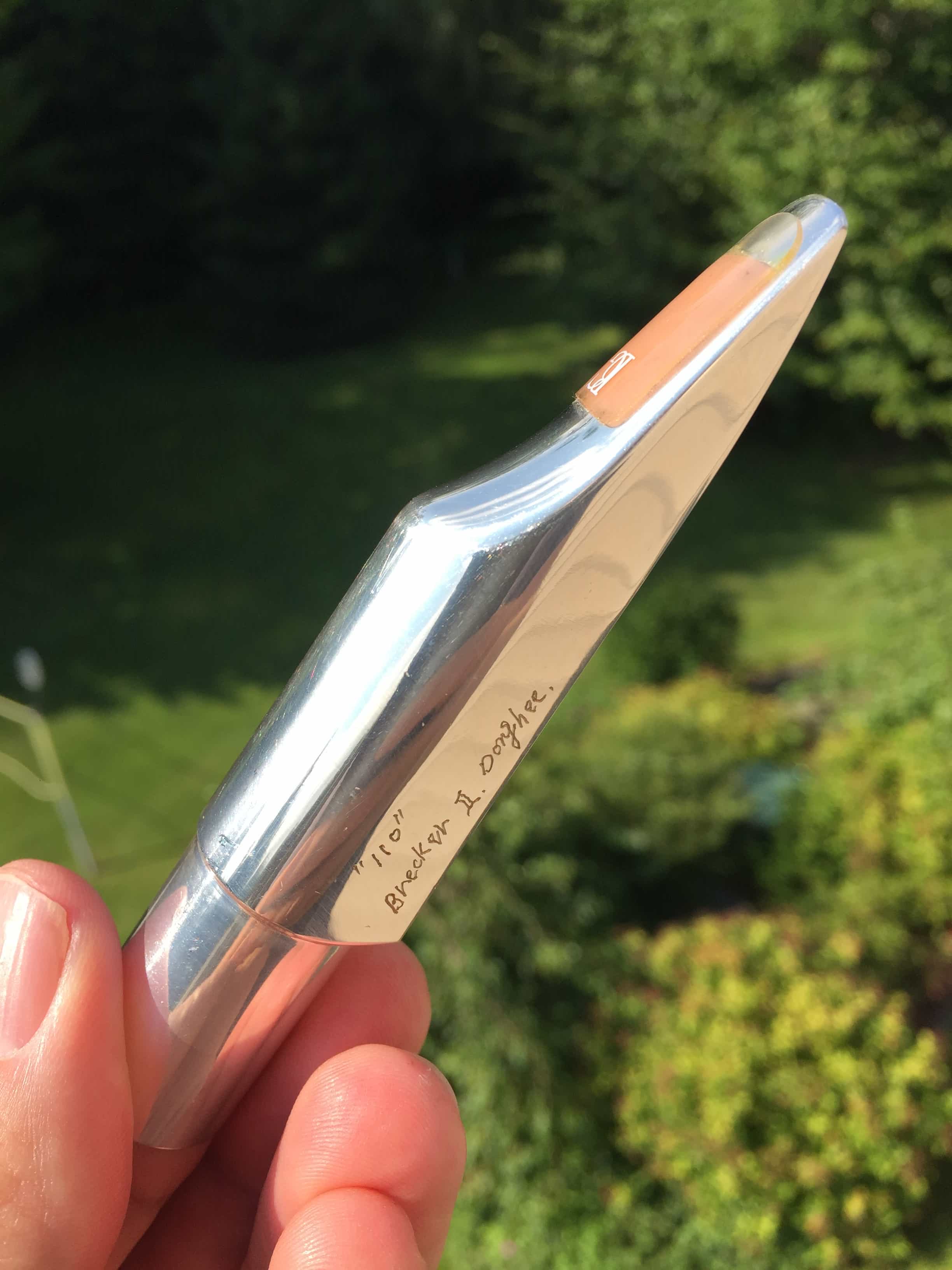

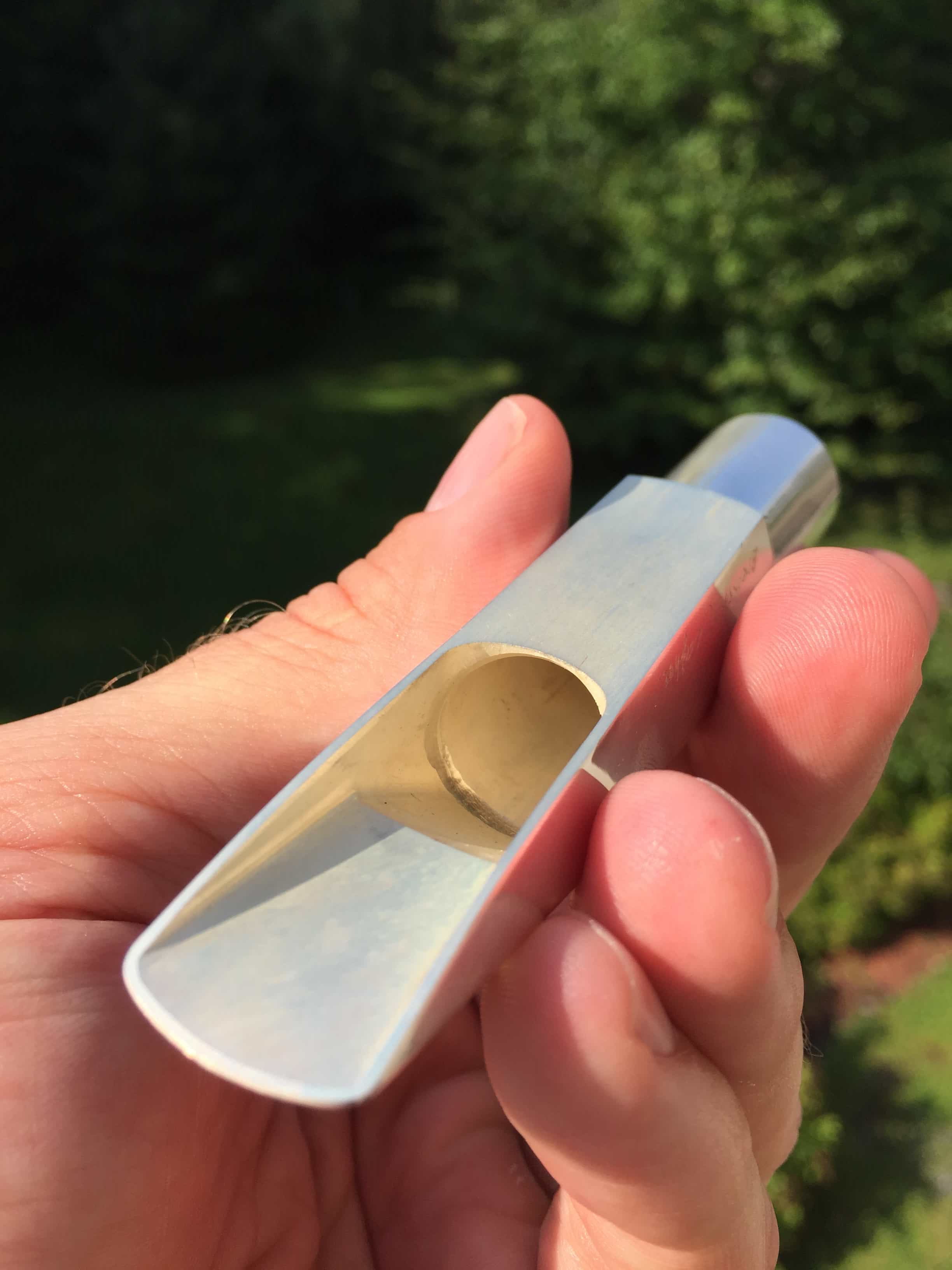
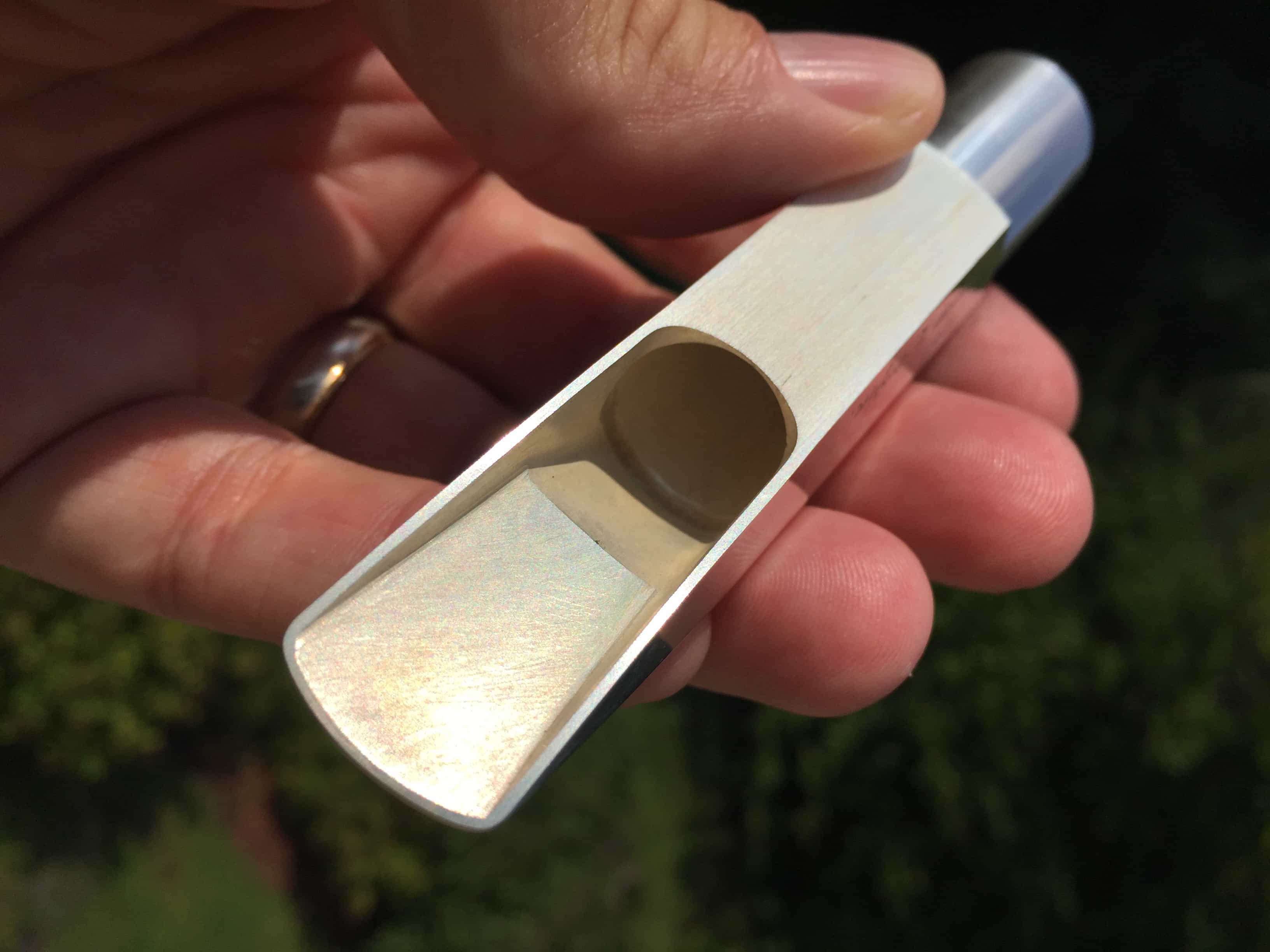
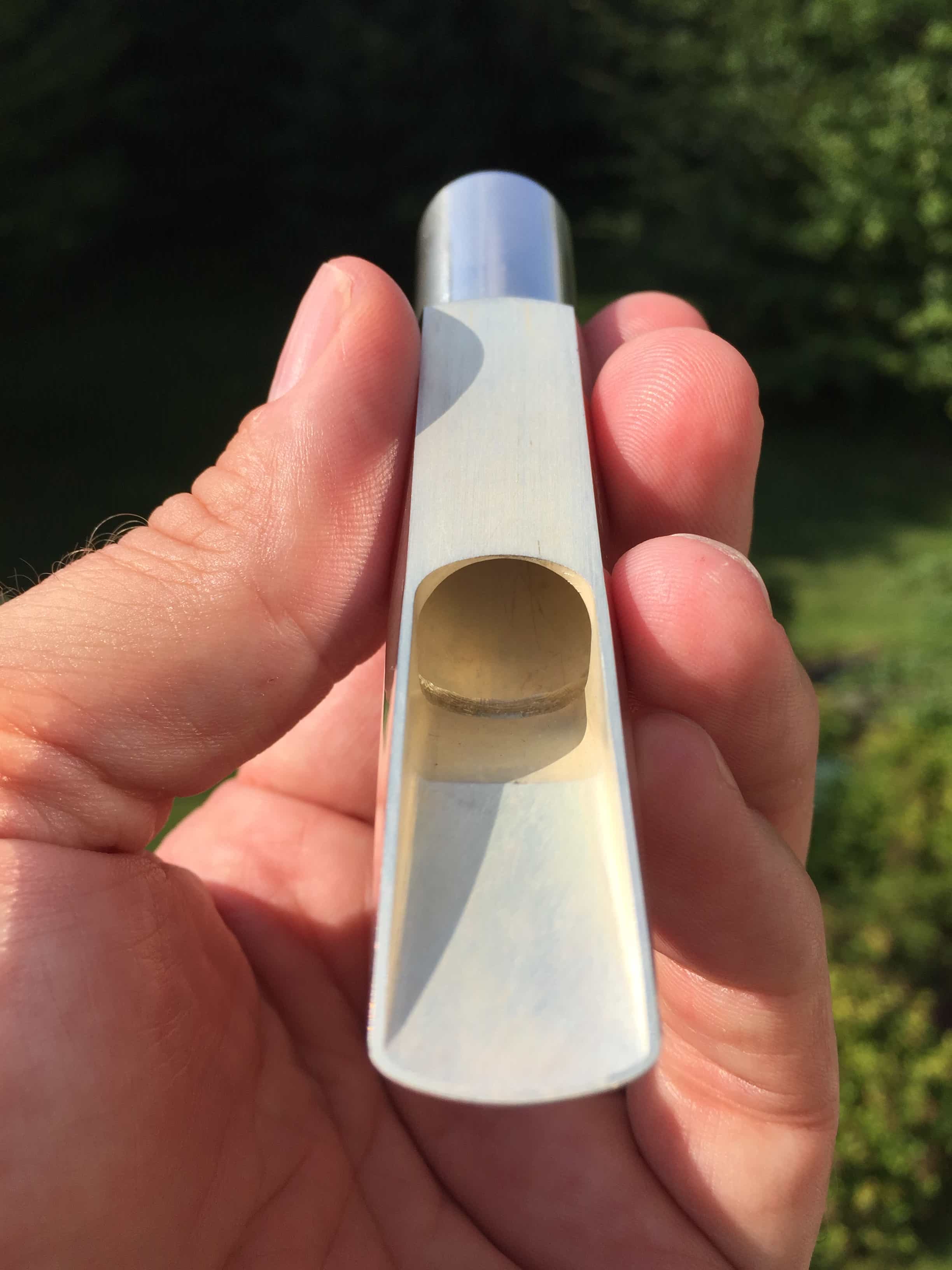
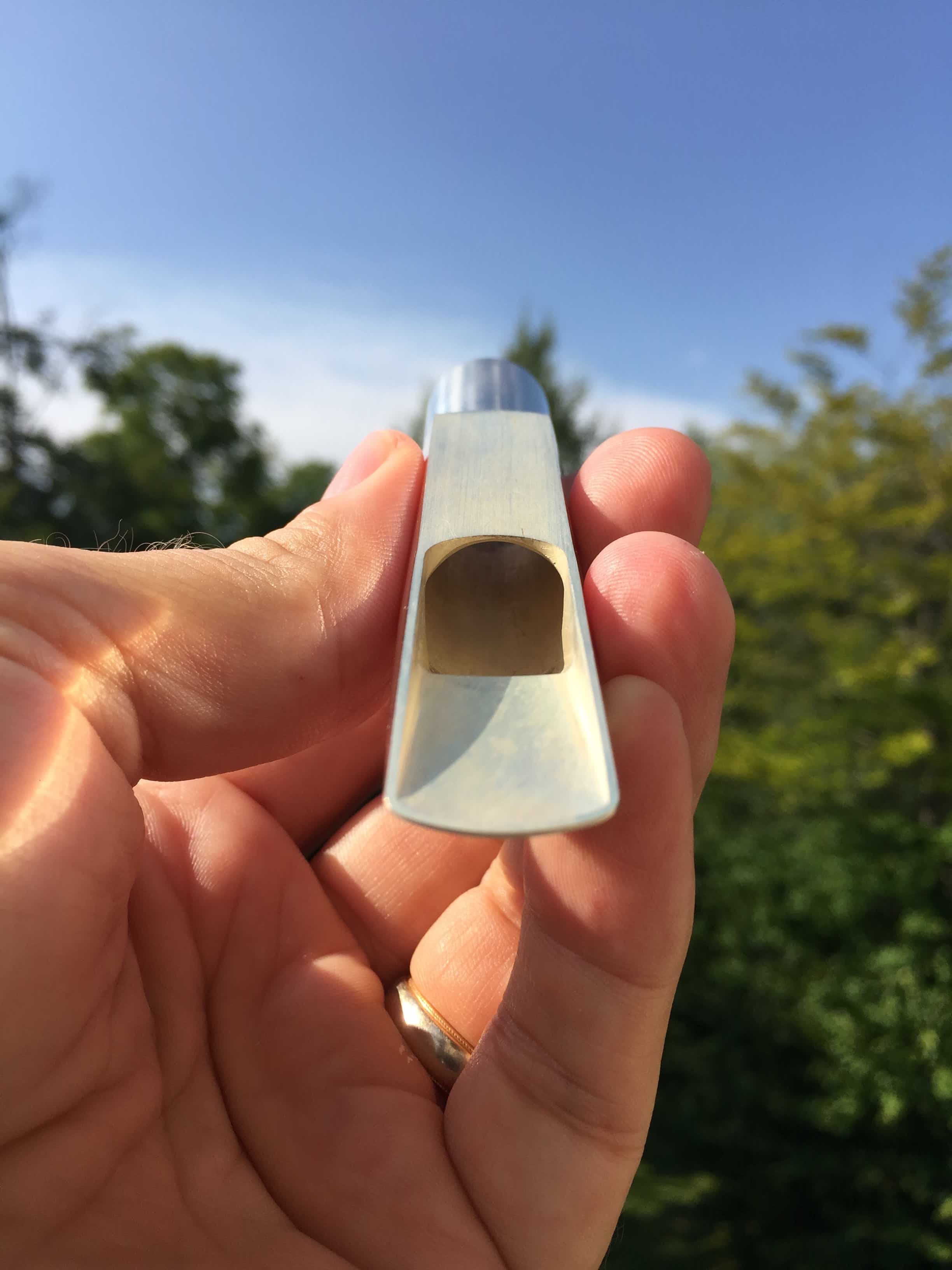



Really like the sound of the D&S brecker11 steve.
Great piece – just acquired from SOTW – maybe it was this one tested? Wonderful grain on a Balanced. Plays very accurately in tune. Works well with #2.5 Francois Louis reeds and really snaps into focus with Selmer 404 silver lig. Great with this lig; doesn’t play to its potential with Rovner or FL.
Nick, That’s great! It’s probably the same one. There’s not to many of these out there. Glad you like it! Steve
Really loved how this sounded. I wonder if he still makes these pieces. There is zero information on line about him. I wrote an e-mail to the address you shared. Fingers crossed! And Thanks! 🙂
Hi Steve, I’m new to your mouthpiece review site. Having a fantastic time reading your opinions & listening to you play the pieces. to me you sound great on all of them. I am 80 yrs.old & still looking for that holy grail mouthpiece. Thankyou & have a great day !!! Johnny V.
Hi Steve, I enjoy your reviews and it’s very useful having the same person playing such a vast array of mouthpieces, which eliminates the main variable.
Anyway he seems to have a website now:
solidwail.com for anyone who’s interested.
Thanks Colin. I’ll check it out. Glad you like the site and find it helpful. Steve
Please contact dssax.mouthpiece@gmail.com if you’d like to make a purchase
Hi Steve, With all the respect for the saxophonist who plays this D & S Brecker II mouthpiece on the website solidwail.com, in my opinion, (I could be wrong as I am not a professional player), it seems to me that there is a difference from how this mouthpiece sounds played by you… It seems to me, I can be wrong, that, on the website, who plays that model have some problems to control the sound and the attacks of some lower notes… as if struggling to control the sound for a too open tip opening; maybe it would be good to also build mouthpieces with a slightly smaller tip opening?
The models I and III seems to me more darker in sound than played by you…
I ask to you, if you also partially agree with what I write: Is it a problem of different manufacturing of this model in respect to those sent to you or of the control of the sound of the saxophonist on the website (too big tip openings?)?
Strange, because, instead, I find that those who play on the website, play very well the alto models.
Please, I can be wrong, I am only a amateur player, saxophonists of the website will excuse me…
Giuseppe C.
Giuseppe, There are many factors that go into playing down low on the saxophone. 95% of the time I am using some amount of subtone on the low notes which makes them easier to play and manipulate. I also think subtone on low notes just makes them sound so much better. I don’t know if these other players use subtone as much or if they are using harder reeds, etc……. There are a lot of variables that are in play here. All I can speak about is my experience with a mouthpiece and what I think about it. The sound clips are an added benefit that add to the veracity of my review in my mind.
You could get a smaller tip opening but on high baffle pieces that can be problematic. A smaller tip opening makes the reed closer to the raised baffle many times making the tone even more bright but also can make it sound pinched and smaller to my ear. In general, I like larger tip openings with higher baffle mouthpieces because of this reason.
Steve
Thanks for the reply Steve,
When I try a new mouthpiece, or when I practice for the sound, I always perform the exercises for the sound, long notes and scales and arpeggios, both with the “set” sound (I don’t know the word in English) and with sub-tones. Only if I can do this well, intoned and effortlessly, over the whole extension of the sax, and if I like the timbre of the sound, I buy a new mouthpiece (difficult to do it by correspondence and, sometimes, even at the shop: often it sounds different came home …).
It seems to me a nonsense to play with a “mutilated” mouthpiece on some notes as some students seem to me to do.
So I understand what you mean and I agree.
I still have a metal Dukoff S7 that I used in the 80s and, at the time, I was able to use it; now no longer, well as then: it seems to me that it no longer gives me the sound of that time…. But I have the doubt that controlling this mouthpiece, which, at the time gave me a nice sound, led me to play sometimes too strong to control it well: as if I had to play always loud, otherwise “I couldn’t handle it, the sound fell” … I hope I have been able to explain this feeling… Other times everything went smoothly.
Then, in 2008 I purchased a narrower mouthpiece and everything worked better, even if the “Brecker” timbre of that time, ’80years, disappeared. Maybe I don’t think so anymore, otherwise what you think comes out…
However, regardless of the right general rule of the type of baffle, I am able to control the sound of each mouthpiece, if narrow tip opening: for example, my teacher, who uses wide tip opening, if he tries my mouthpiece, he cannot play from medium notes to low notes with it, while I have no problems…
I think we are all different!
Reflections.
A greeting,
Giuseppe.